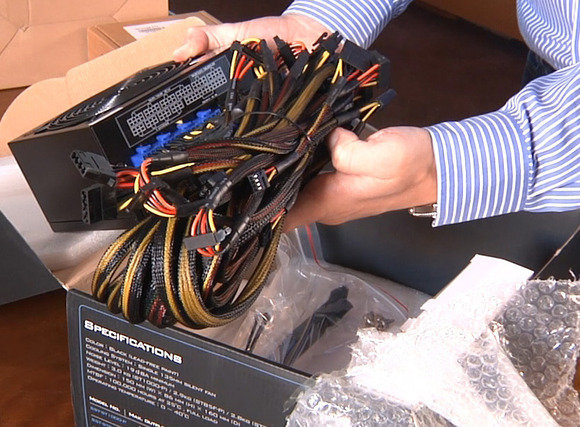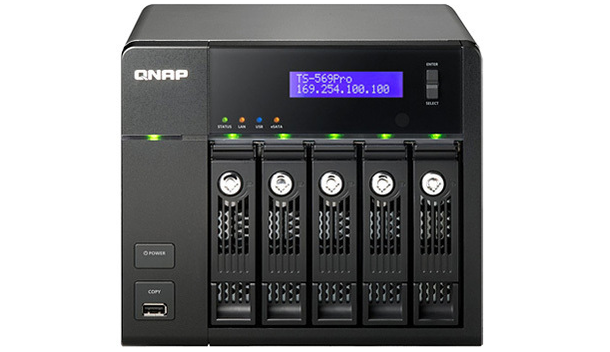In recent years RAID drives have become much more widely-used, due to the numerous benefits they provide in terms of storage redundancy, performance and reliability. Nowadays it is easier than ever to set up RAID storage with numerous user-friendly options – but there are still some important areas that you should consider should you choose to do so.
To be more specific, here are the most important areas that you will want to take into account:
RAID level
As you may know RAID storage can take on several different forms, commonly referred to as ‘levels’. For example there is RAID 0, RAID 1, RAID 5, and so on. The ‘level’ of a RAID doesn’t directly indicate how ‘good’ it is (i.e. RAID 5 is not necessarily ‘better’ than RAID 1) but rather denotes the type of RAID that is being used. To choose the right RAID level for your storage, you will need to evaluate your options and prioritize redundancy, performance or capacity.
Hard drives
Essentially every RAID storage consists of several drives and the exact number you require will depend on the RAID level as well as the amount of storage you need. While the RAID controller will determine the type of hard drives you can use, all hard drives in a RAID should be similar to one another in terms of their total capacity, transfer speed, and so on. Additionally you may want extra hard drives that can be hot-swapped if necessary.
Power supply

How to pick the best PC power supply
Just as any other part of your system, your RAID storage will require a certain amount of power – though because it is comprised of several hard drives its requirements can be pretty high in comparison. Additionally steps should be taken to ensure that the power supply to a RAID is as stable and uninterrupted as possible, which is why a UPS is often used to both act as a surge protector and provide backup power.
Cooling
Giz Explains: What a RAID Hard Drive Array Is (and Why You Want One)
As you can imagine hard drives can generate quite a bit of heat – especially when several are running together. If left unchecked the temperature of RAID storage can quickly rise, and that will cause the hard drives to degrade and their lifespan to be reduced. Because of that it is important that you are able to cool your system (normally with fans and other cooling options).
Backup
Set Up Real-Time, Bulletproof Backup Drive Redundancy with RAID
Although RAID storage has some redundancy, it would be impractical to rely on it as a backup. Instead you should ensure that important data is backed up separately, either on the cloud or on an external storage solution of some kind. Needless to say backups should be performed regularly, and checked to ensure they are in good working order so that they can be used for RAID recovery if necessary.
Make no mistake there are other basic factors that you’ll want to consider, such as the RAID controller, enclosure, and so on. In some cases you may want to do a bit of research, particularly in terms of the many different types of RAIDs and RAID controllers that are used nowadays. Once you settle on one that fits your requirements, the areas highlighted above should help you to ensure that the RAID storage you set up is reliable and provides you with the benefits you’re looking for.

